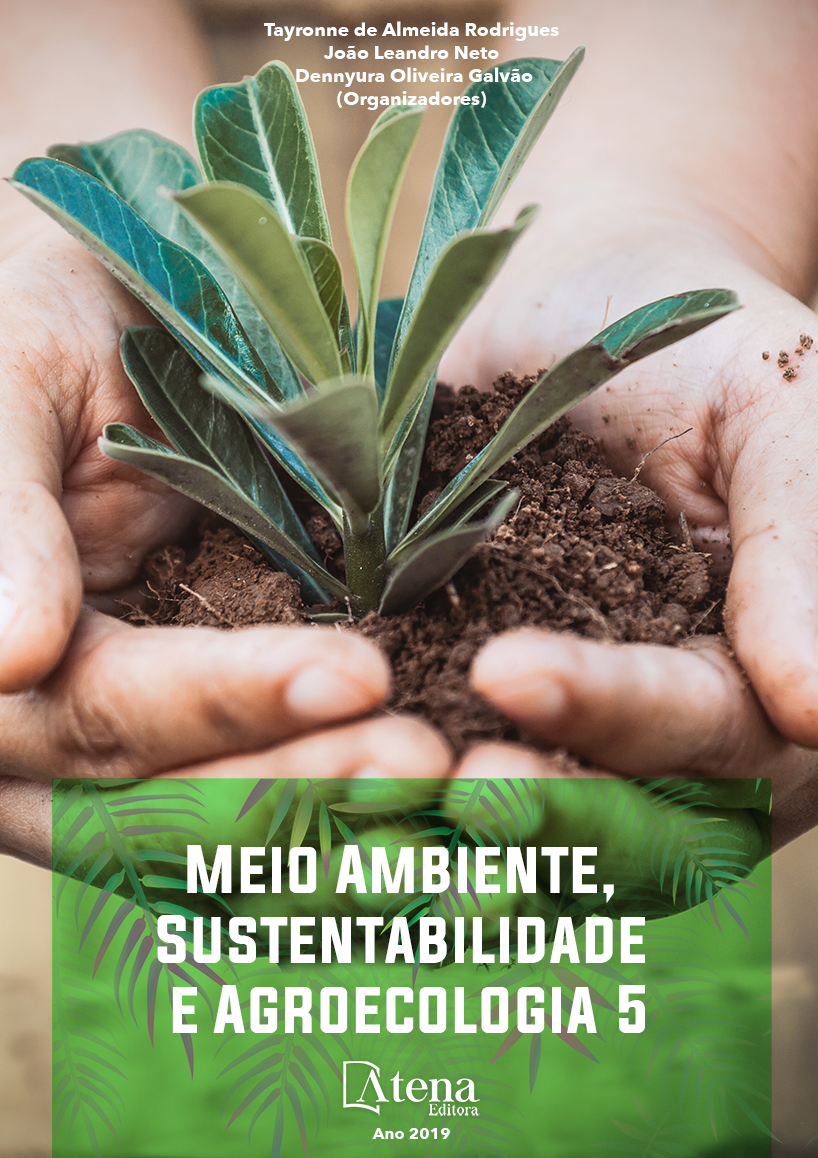
BIODIVERSIDAD Y ETNOPAISAJE EN UNA COMUNIDAD INDÍGENA QOM DE LA PROVINCIA DE FORMOSA, NE ARGENTINA.
La comunidad qom Potae Napocna
Navogoh, provincia de Formosa, de tradición
cazadora-recolectora sufrió un despojo territorial
que afectó negativamente sus actividades
de subsistencia tradicionales y sus prácticas
socio-cosmológicas. El monte natural, fuente
de sustento, 'remedios' y prácticas culturales,
se encuentra degradado y las necesidades
básicas insatisfechas. El objetivo del trabajo
fue indagar en la comunidad qom los cambios
producidos en el paisaje natural, las necesidades
de alimento y medicina focalizando en las
plantas nativas de alto interés para cubrirlas,
sus formas de propagación, reinserción en el
paisaje y mejora de la biodiversidad en el marco
de un proyecto de desarrollo con enfoque
agroecológico, a nivel de un agroecosistema
predial. Con consulta previa, libre e informada,
se trabajó con la metodología Investigaciónacción
Participativa, encuestas abiertas y/o
estructuradas, recopilación de información
bibliográfica y visitas al monte. Se definieron
los indicadores a evaluar de forma conjunta.
La sustentabilidad inicial y final del sistema se
evaluó por MESMIS. Los resultados muestran
que se logró aumentar la biodiversidad, la
mejora del paisaje en el agroecosistema así
como el rescate y revalorización cultural; falta
aún aumentar la sustentabilidad del sistema
en el camino de avanzar hacia la soberanía
alimentaria y el derecho al buen vivir.
BIODIVERSIDAD Y ETNOPAISAJE EN UNA COMUNIDAD INDÍGENA QOM DE LA PROVINCIA DE FORMOSA, NE ARGENTINA.
-
DOI: 10.22533/at.ed.3161916049
-
Palavras-chave: agroecología; paisaje; plantas nativas; agroecosistema.
-
Keywords: agroecology; landscape; native plants; agroecosystem
-
Abstract:
Qom Potae Napocna Navogoh
community, province of Formosa, of huntergatherer
tradition suffered a territorial
dispossession that negatively affected their
traditional subsistence activities and sociocosmological
practices. The natural forest,
Meio Ambiente, Sustentabilidade e Agroecologia 5 Capítulo 9 86
source of sustenance, ‘remedies’ and cultural practices, is degraded and the basic
needs are unsatisfied. The aim of this work was to investigate in the community the
changes produced in the natural landscape, the needs of food and medicine focusing
on native plants of high interest to cover them, their forms of propagation, reinsertion
into the landscape and improvement of biodiversity in the framework of a development
project with an agroecological approach, at the level of a farm agroecosystem. With
free, prior and informed consultation, we worked with the Participatory Research-Action
methodology, open and / or structured surveys, bibliographic information collection and
visits to the mountain. The indicators to be evaluated were defined jointly. The initial
and final sustainability of the system was evaluated by MESMIS. The results show that
it was possible to increase the biodiversity, the improvement of the landscape in the
agroecosystem as well as the rescue and cultural revalorization; there is still a need to
increase the sustainability of the system in the way of moving towards food sovereignty
and the right to live well.
-
Número de páginas: 15
- Libertad Mascarini
- Eduardo Musacchio
- Gabriela Benito
- Gustavo Díaz
- Andrea Seoane


